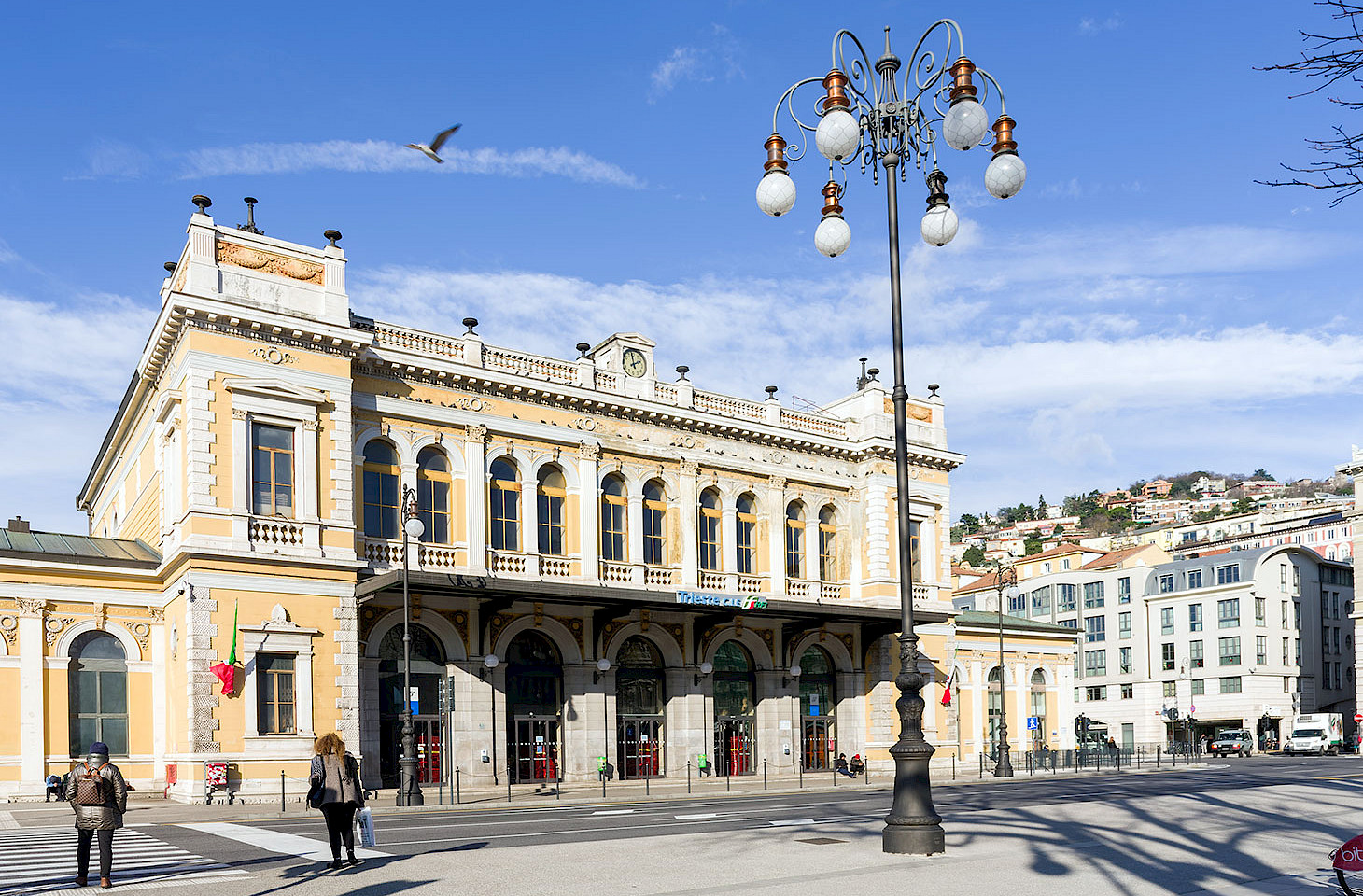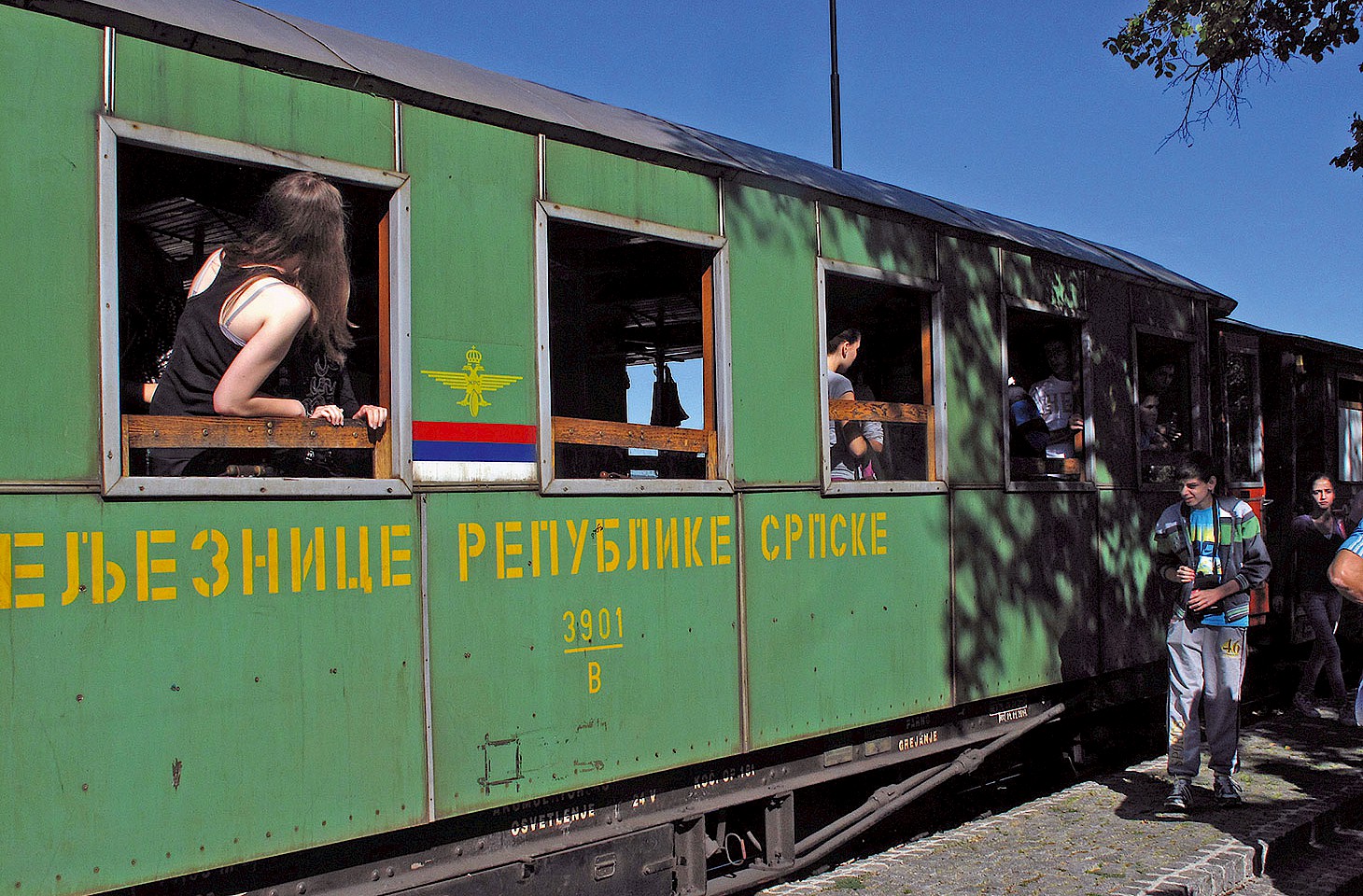One hundred years ago, HG Wells described in The New Machiavelli elements of his journey from London to Switzerland. His route was one followed by many English travellers of his generation: the boat train to Folkestone, and thence on by ship to Boulogne. From the French coast, Wells took the night train on to Switzerland, crossing the frontier at Bâle. In The New Machiavelli, Wells writes approvingly of Swiss prosperity and the big, clean stations at Bâle. Stations, you note, not station.
When it comes to railway stations, the Swiss city of Basel (Bâle in French) is famously complicated. It has three and, although all three are on Swiss territory, only one of them is assertively Swiss. Another affects to be German and the last has a curiously French demeanour. The Swiss and French stations share a common site.
Before Switzerland opted into Schengen, travellers wanting to enter the French station (called Bâle SNCF) had to pass through frontier formalities. A similar rule applied at the German station (called Basel Badischer Bahnhof), which is some kilometres distant, tucked away in a suburb of Basel on the far bank of the Rhine but still in Swiss territory.
The French station was for almost a century a first encounter with Switzerland for travellers arriving from England. Until the mid-nineteenth century, English travellers approached Switzerland by journeying up the Rhine Valley from Cologne via Mainz and Freiburg. It made sense because, although longer in distance, there was the added bonus of seeing the famous gorge of the Rhine upstream from Koblenz. But with the extension of the French rail network to include the French Channel ports, the preferred and faster route for English travellers to Switzerland was through France — and that remained the case until discount airlines reconfigured the geography of Europe.




